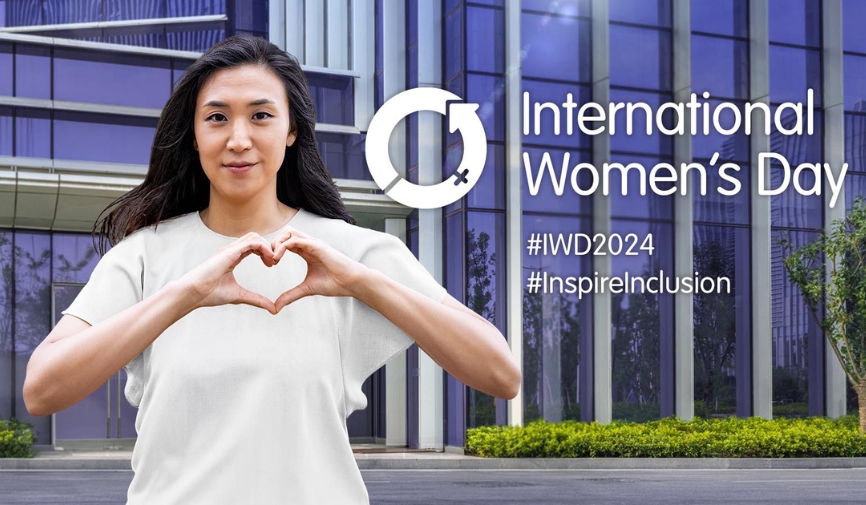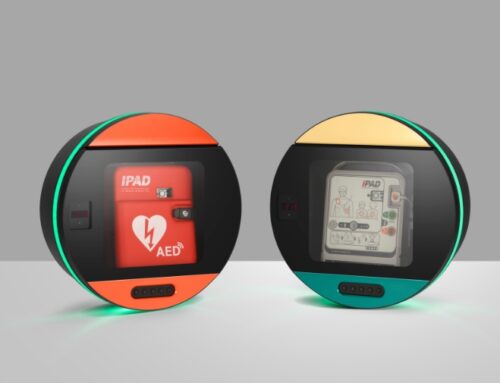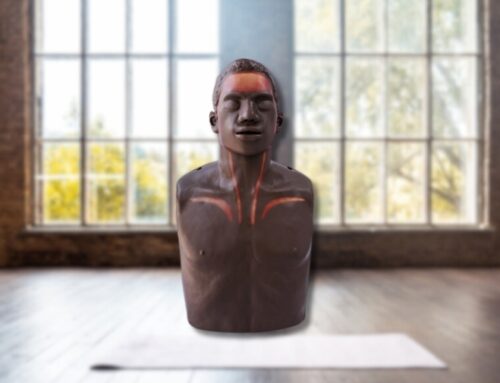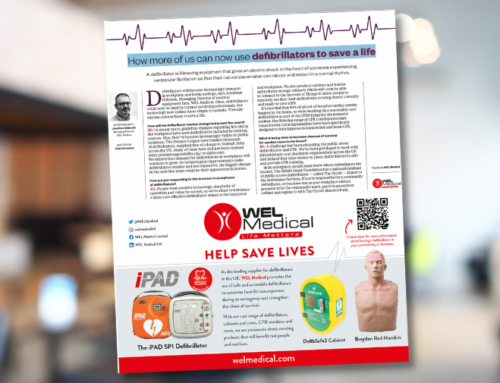Image Credit: International Women’s Day
Each year in spring, the world unites to celebrate International Women’s Day, a global event highlighting the social, economic, cultural, and political achievements of women. This day is not just about celebration but also an opportunity to raise awareness about the issues that disproportionately affect women. One such issue that often goes unnoticed is the disparity in the use of Automated External Defibrillators (AEDs) between men and women.
AEDs are lifesaving devices used in cases of life-threatening cardiac emergencies. However, studies have shown that women are less likely than men to receive this critical intervention during a cardiac event. This gender disparity in AED use is a significant public health concern that needs urgent attention. Through this article, we aim to shed light on this issue and encourage informed discussions that could lead to practical solutions.
The Gender Gap in AED Use
The disparity in the use of Automated External Defibrillators (AEDs) between men and women is an issue of growing concern in the healthcare community. Multiple studies have highlighted that female patients are less likely to receive bystander AED usage compared to their male counterparts.
For instance, research found significant gender disparities in the application of public-access AED. The study revealed that female out-of-hospital cardiac arrest (OHCA) victims, especially those of reproductive age (15–49 years), were less likely to receive public-access AED pad application compared to male patients in the same age bracket. This disparity exists despite there being no difference in how an AED should be used on men and women.
Why is this the case?
The reasons behind this gender gap in AED use are manifold and complex. One potential factor could be societal perceptions and attitudes towards women’s health. For example, the stereotype that heart disease primarily affects men may lead bystanders not to recognise cardiac arrest symptoms in women, resulting in delayed or no AED use.
For further clarity, we spoke to Jenny Legg to try to understand the reasons behind this gender gap in AED use. Jenny founded the Bra Off Defib On charity that’s focussed on understanding and mitigating the shocking disparity in successful defibrillation between women and men.
Jenny voiced concerns that people are worried about “exposing the chest of a woman.” This is a significant problem, as Jenny explains that “the defib isn’t going on properly, and it’s being ineffective and so that person doesn’t survive,” stressing that this is a “big problem.”
Above (left to right): Robert Clewley, Commercial Director at WEL Medical. Jenny Legg, Founder, Bra Off Defib On charity. Heather Kingdon, Director, Assist First Aid. Gavin Dolman, National Sales Manager, WEL Medical.
The Impact of AED Use on Pregnant Women
One area in which the lack of awareness over female defibrillation is starkly exposed is in the use of AEDs in pregnant women. It is a subject that requires careful consideration and understanding and is one that isn’t discussed enough in the public sphere. While cardiac arrest in pregnant women is rare, it is a severe condition that can be life-threatening for both the mother and the unborn child.
When a pregnant woman experiences cardiac arrest, the priority is to restore her circulation as quickly as possible to ensure oxygenated blood flow to vital organs, including the placenta. The use of an AED in such situations is considered safe and necessary.
The electrical current from defibrillation focuses on the heart and does not pass through the lower abdominal area where the foetus is located. Therefore, the risk of the electrical current harming the foetus is minimal compared to the danger posed by maternal cardiac arrest.
However, certain precautions should be taken when using an AED on a pregnant woman. For instance, the placement of the AED pads should avoid the pregnant abdomen. The standard placement – one pad to the right of the sternum (breastbone) and one to the left of the chest – is appropriate.
The key is to ensure that bystanders and first responders are adequately trained and aware of these considerations to act confidently and promptly during emergencies.
How Can We Overcome the AED Gender Gap?
Addressing the gender disparity in AED use is an urgent priority, as it directly impacts the survival rates of women experiencing cardiac emergencies. So, let’s take a look at some recommendations and strategies that can be implemented at various levels to tackle this issue.
Individual Level
Increasing public awareness about the importance of AED use for all genders is crucial. This can be achieved through educational campaigns, workshops, and CPR training programmes that explicitly address the gender gap issue and underscore the importance of immediate action, irrespective of the victim’s gender.
When we spoke to Jenny Legg, she said that it’s crucial to embolden responders to get the CPR and defibrillation process started straight away.
Jenny went on to highlight the importance of fully baring the chest of the woman “in any way you can,” including any garments such as a bra. Jenny suggested cutting the bra away using the robust scissors often included with an AED or, where this isn’t possible, pulling up the bra so that it’s “fully out the way of the chest, up by the chin.” These are crucial steps in ensuring that defibrillation can take place effectively, and imbuing bystanders with the confidence to carry out this process is vital to ensuring lifesaving defibrillation.
If you’re interested in seeing our full interview with Jenny Legg, you can find it on our Facebook, LinkedIn, and X.
Healthcare Providers
Medical professionals play a vital role in educating the public about health issues. They can help reduce the AED gender gap by providing clear instructions on AED use during routine check-ups, particularly for patients with heart conditions or at risk of cardiac events. It’s also essential for healthcare providers to address any discomfort or hesitation associated with using AEDs on women.
Policy Level
Policymakers can contribute significantly by mandating gender-inclusive CPR and AED training in schools, workplaces, and public spaces. They could also consider legislation that protects bystanders who use AEDs in good faith to alleviate fears of legal repercussions.
Community Outreach
Community leaders, influencers, and local organisations can play a pivotal role in spreading awareness. Organising community-based CPR and AED training sessions that focus on reducing gender bias can help normalise the idea of using AEDs on women.
Media
The media can use its broad reach to highlight the issue and promote public education campaigns. This includes television, radio, print, and digital platforms.
Overcoming the AED gender gap is not a solitary task but a collective responsibility. It requires concerted efforts. Only together can we ensure that every woman has an equal chance of survival when faced with a cardiac emergency.
Looking to Partner with a Leading AED Supplier?
At WEL Medical, we are passionate about saving lives. It’s our belief that everyone, irrespective of gender, should have access to lifesaving intervention when they need it. View our extensive range of AEDs to learn more about their benefits, or feel free to get in touch with us today for more information.
Further Reading
- Looking After and Testing Your Automated External Defibrillator
- Introducing the DefibSafe 3
- Addressing the Gap: Disparities in AED Placement in UK Communities
- CPR and AED Integration: Maximising Survival Rates









